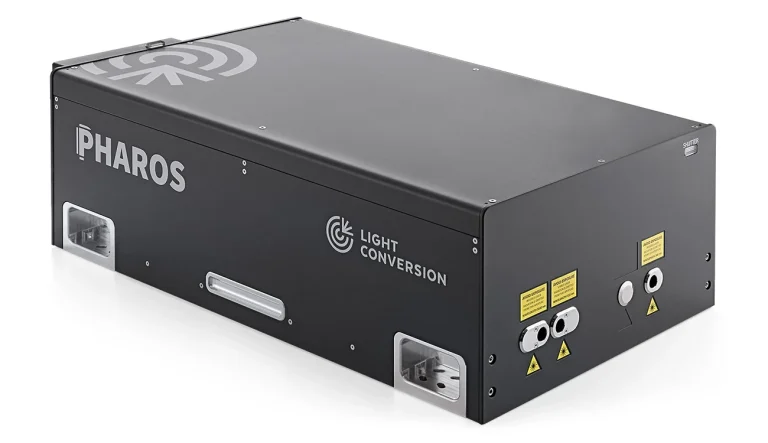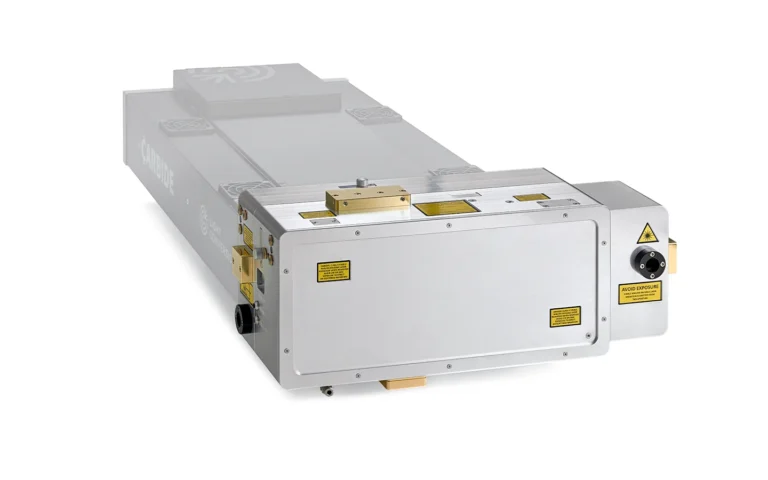Search results
Products (3 of 28)
Downloads (3 of 98)
Product datasheet
Product datasheet
Limited access. Please Log in to get access to device-specific downloads.
Other pages (6 of 56)
LIGHT CONVERSION is celebrating the production of the 2000th PHAROS femtosecond laser.
NEWSFemtosecond laser PHAROS stands out from a total of 217 registered products and has been nominated as a winner in China.
NEWSXUUS-5 high harmonic source driven by PHAROS femtosecond laser delivers exceptional performance
NEWSCERN went for Lithuanian-produced LIGHT CONVERSION’s femtosecond laser PHAROS to generate electron beams for a linear electron accelerator.
NEWSSeveral laser-based techniques enable rigid micro- and nanostructuring of metals, semiconductors, glass, and other material surfaces.
APPLICATIONSLaser Focus World Innovators Awards 2022 have announced HARPIA-TG transient grating spectrometer and PHAROS-UP femtosecond laser among the best.
NEWS

